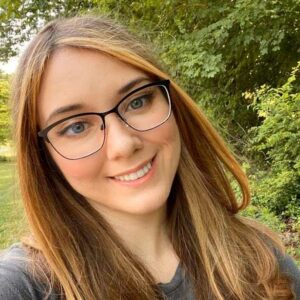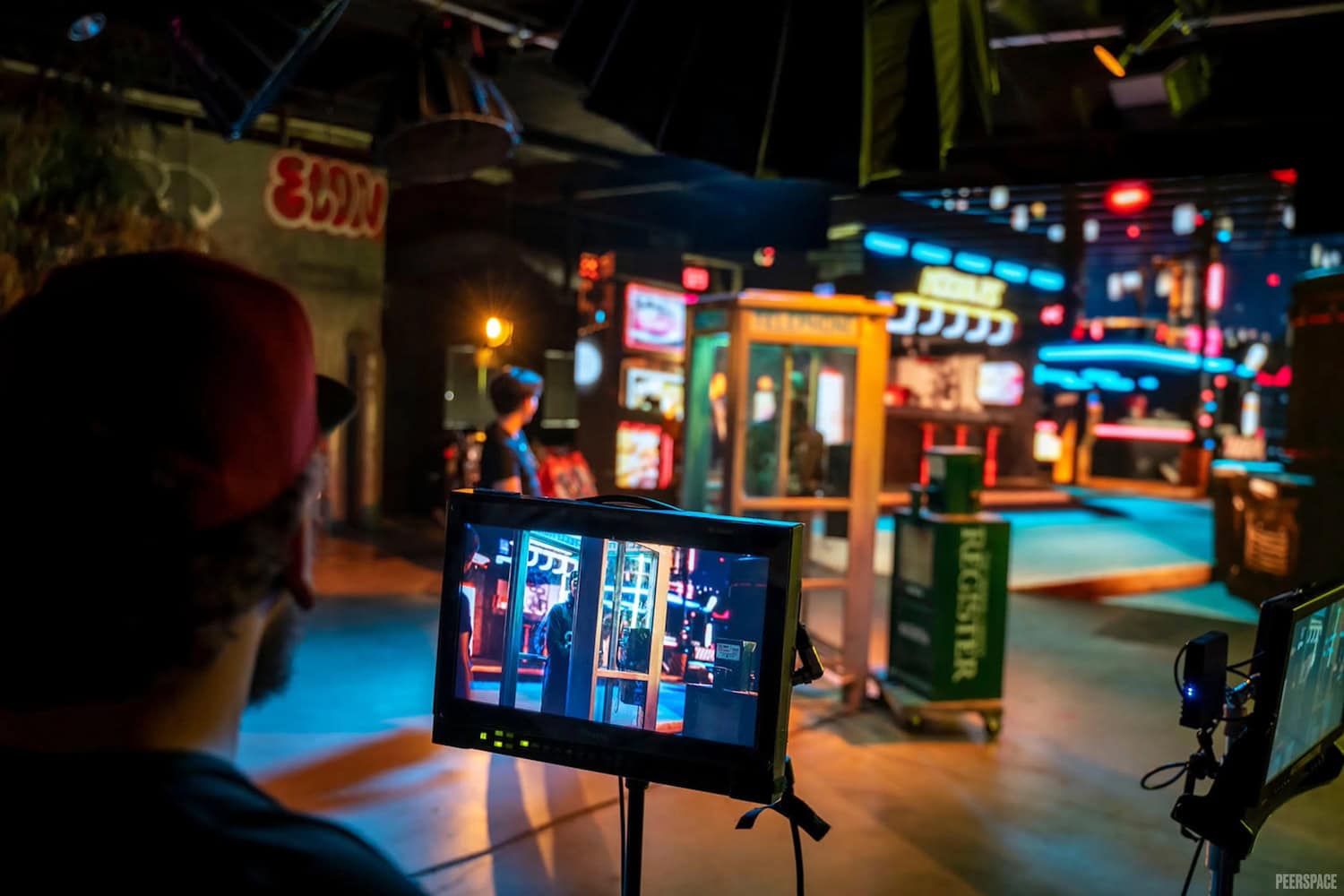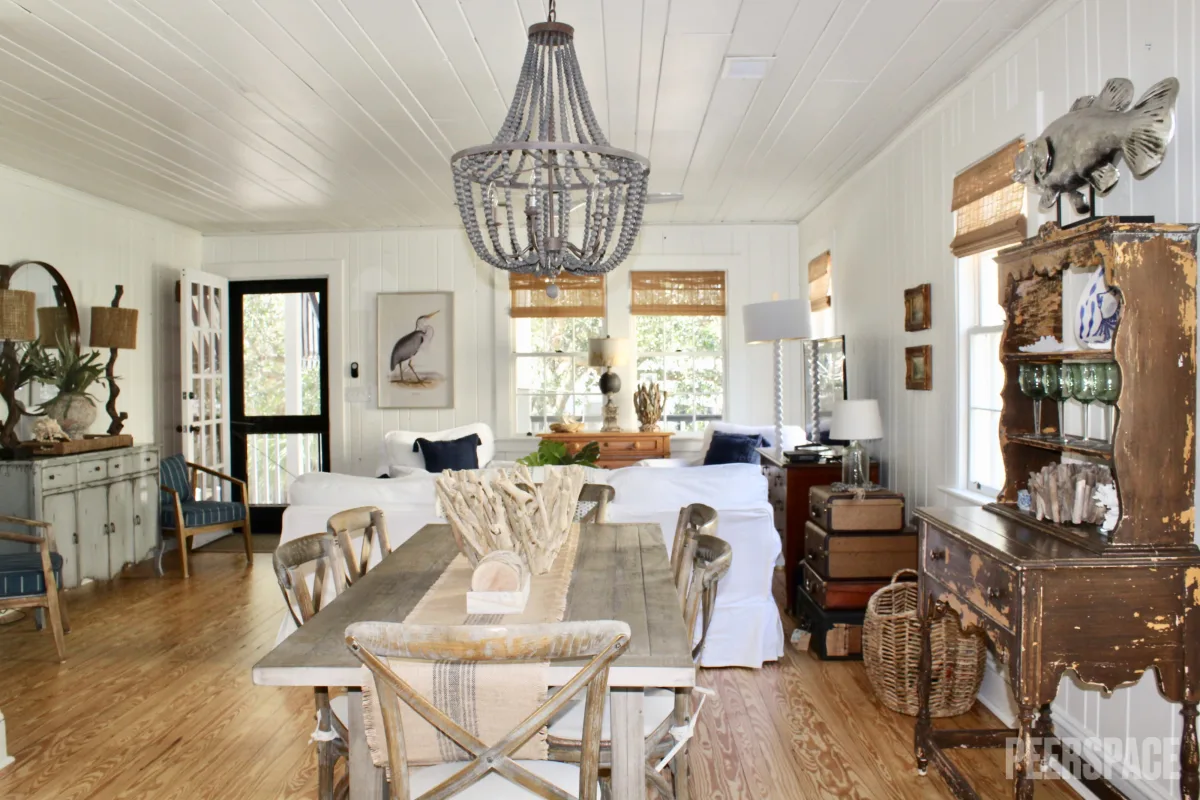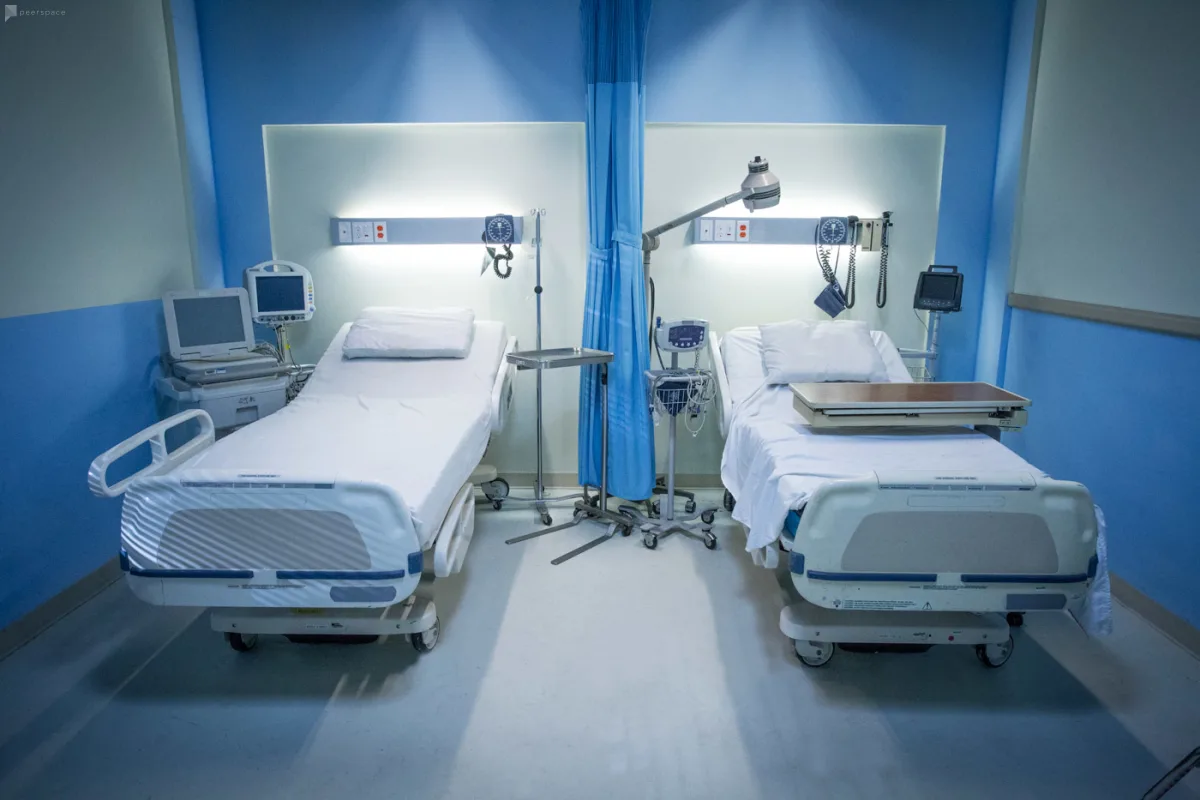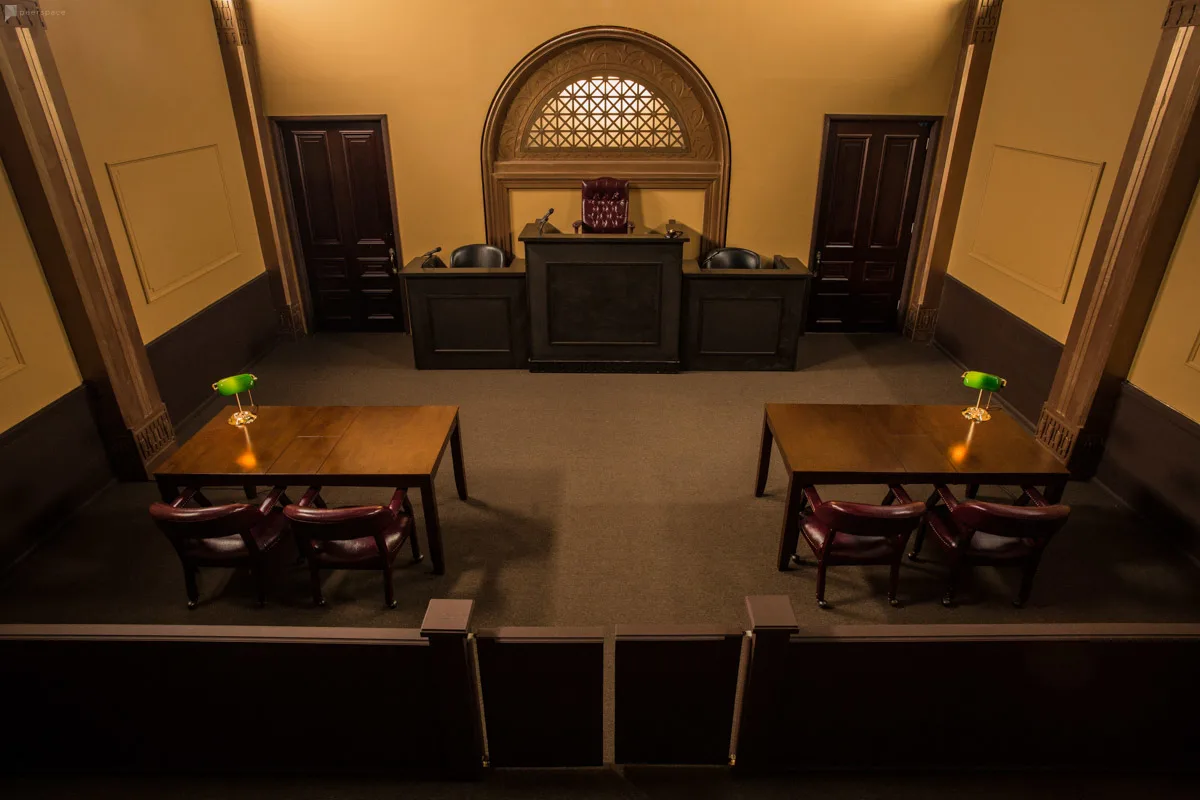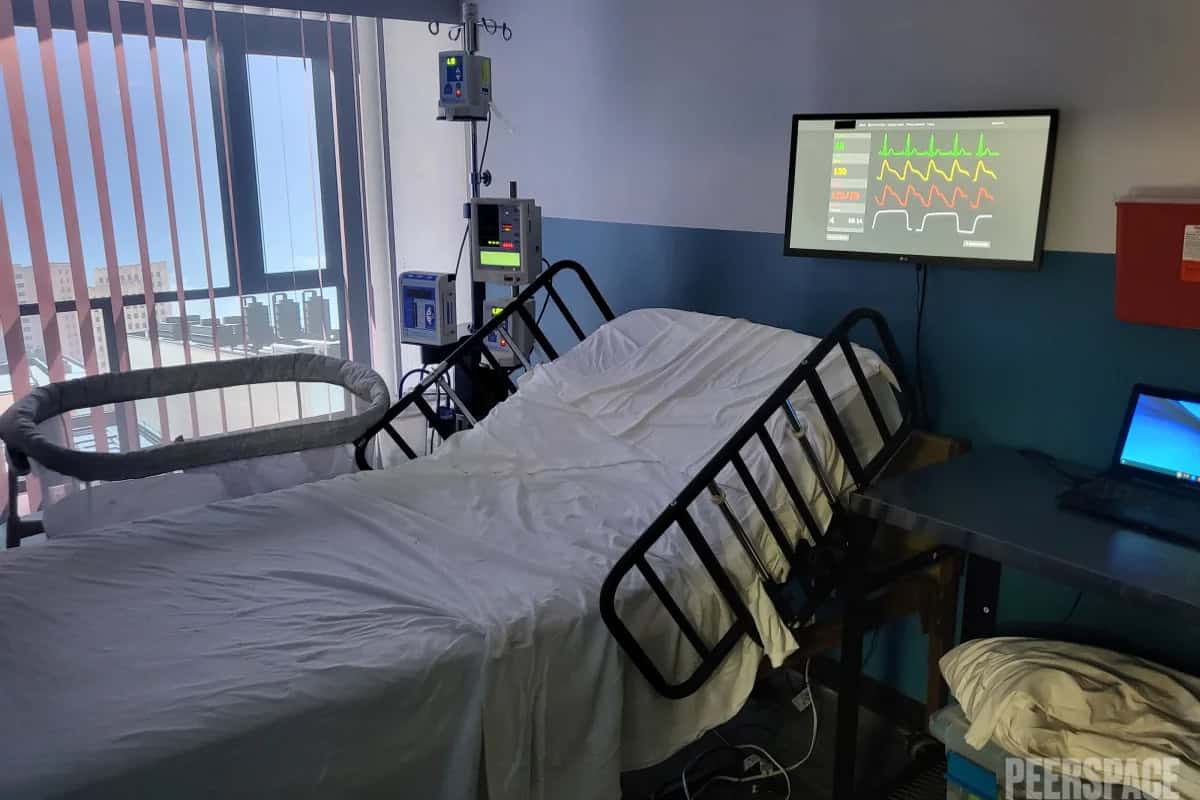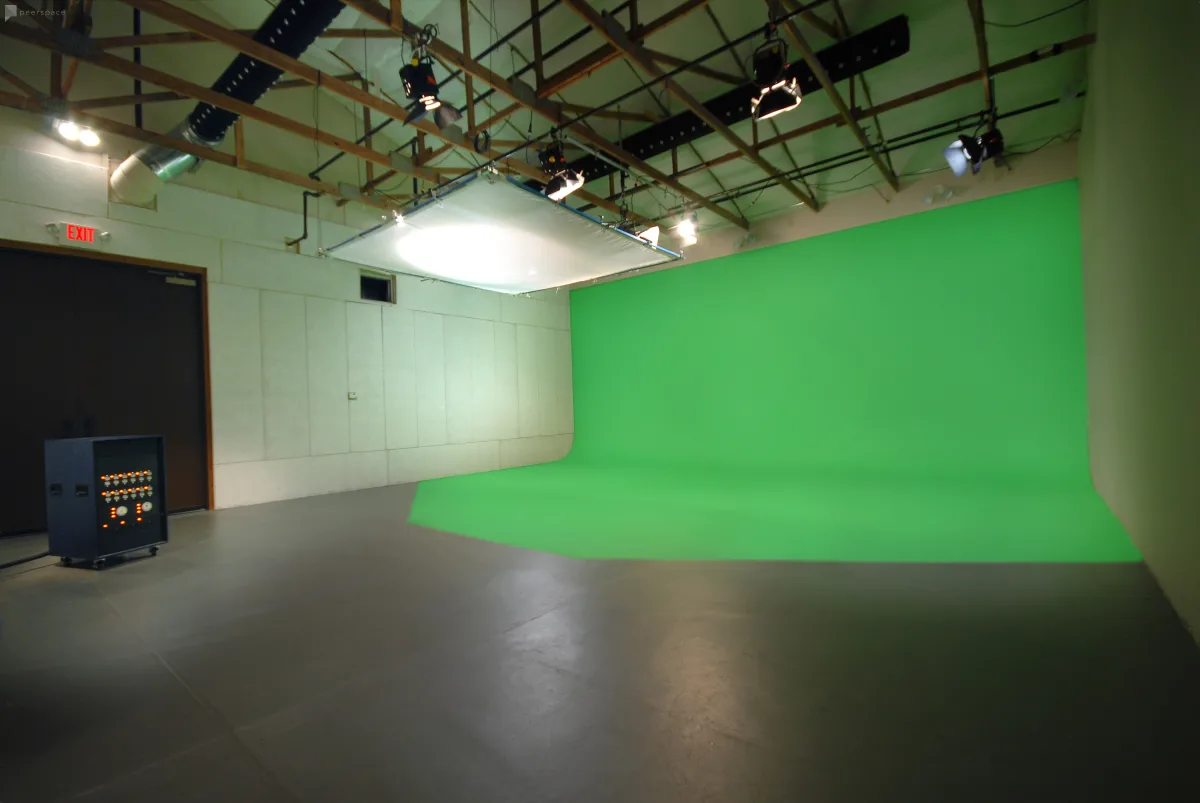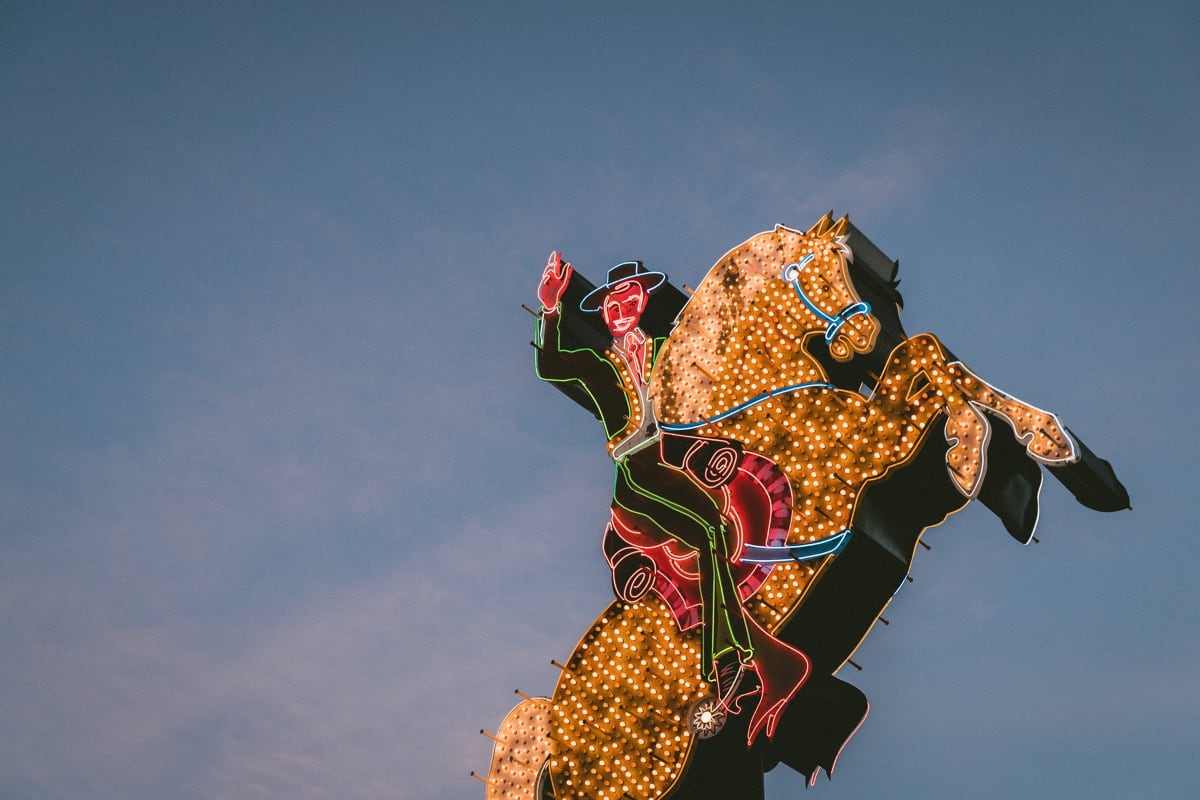
Source: Unsplash
Answered
Production locations on Peerspace typically cost $60 — $180 per hour.
- What is a cowboy shot in film? Where did the name originate?
- An example of a classic Western cowboy shot
- Cowboy shots are also popular techniques in Superhero films
- How to use cowboy shots with multiple characters
- Questions to ask yourself before filming a cowboy shot
- Shoot your (cowboy) shot with Peerspace
What is a cowboy shot in film, you may ask? The name conjures up images of old-west heroes and desperate outlaws with nothing left to lose. But cowboy shots aren’t just for westerns. Many modern directors use cowboy shots to convey images of confident heroes, intimidating villains, and everything in between.
Like with any aspect of film production, the filming location is crucial to a project’s success. Luckily, that’s something we at Peerspace also know a thing or two about. We’re the largest online marketplace for hourly venue rentals and make it easy to find and book sensational filming locations in cities across the globe.
But enough about us for now! Here’s everything you need to know about the modern cowboy shot and how you can capture one in your next film project.
What is a cowboy shot in film? Where did the name originate?
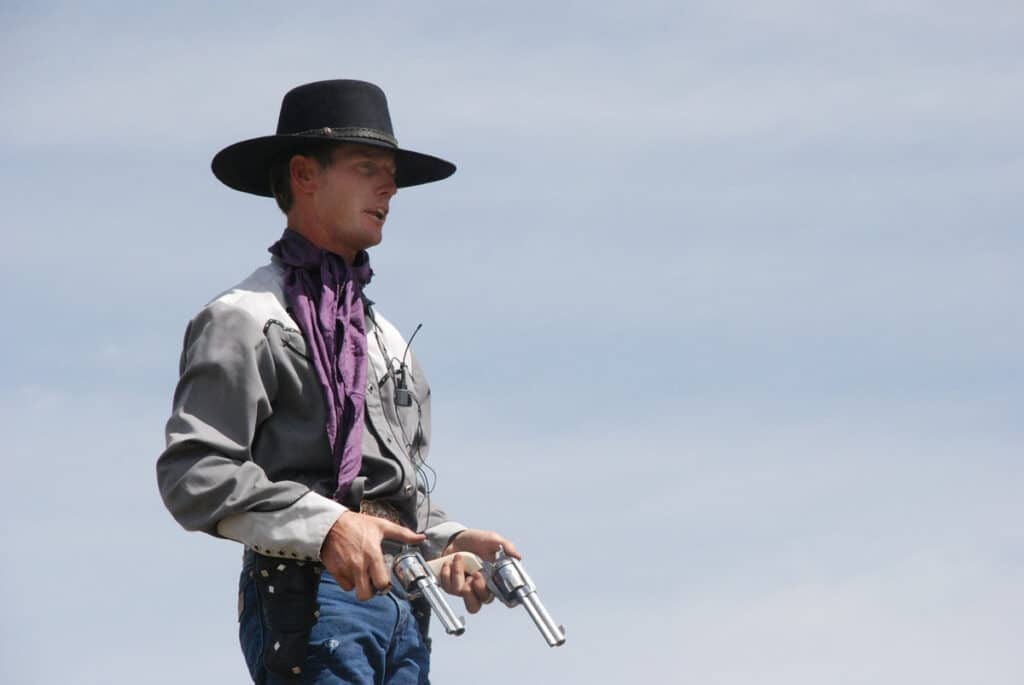
In modern filmmaking, a “cowboy shot” refers to a shot that frames a character from the head to the hip or mid-thigh. Because this angle is perfect for showcasing a gun holstered to a cowboy’s hip, it quickly became a staple in classic Western films—hence the name.
Legendary directors like John Ford pioneered the cowboy shot in his films like Stagecoach and The Man Who Shot Liberty Valance. But the cowboy shot has since evolved beyond the old west and moseyed its way into other genres of cinema.
Here are a few examples for you to study:
An example of a classic Western cowboy shot
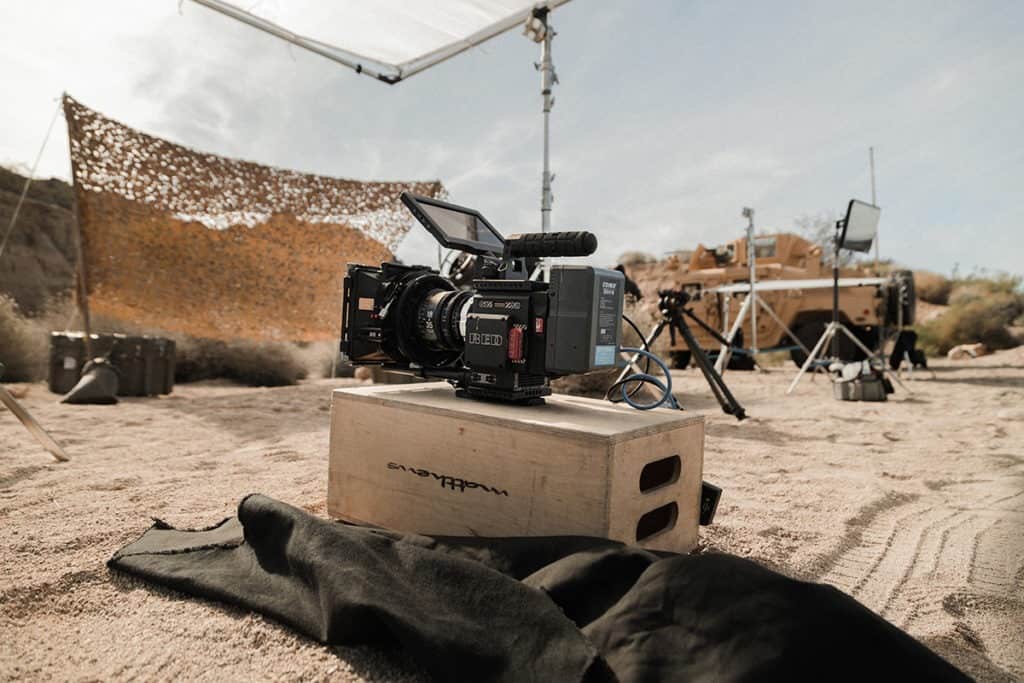
Now that we’ve answered the question “what is a cowboy shot in film,” it’s time to focus on how to use them. Cowboy shots are perfect for showcasing characters in a confident, heroic stance, ready to spring into action. The camera is usually situated at the character’s hip level, which means that the audience is literally looking up at the character. This can convey the idea that your character is “in charge” of the scene. It can also establish your character as a threat to someone else.
First, let’s look at a classic cowboy shot. This prime example from the classic three-way standoff at The Good, The Bad, and The Ugly climax is helpful. After a minute and a half of extreme close-ups on the characters’ eyes and weapons to build tension (along with some epic backing music), the camera abruptly cuts to a classic cowboy shot of “Blondie” (played by Clint Eastwood) firing his gun. He takes out his rival, Angel Eyes, while Tuco discovers that his weapon is unloaded.
Notice that while both Blondie and Tuco are framed with cowboy shots, the vibe they convey is completely different. Blondie stands confident and cool, completely in charge of the scene. Tuco, on the other hand, is tense and fearful — as if trapped in a cage. Blondie’s cowboy shots signify that his character has the upper hand in the standoff. Plus, they make him look cool, which is just as important if you want your audience to root for your characters!
New to filmmaking? Then be sure to check out our guide on what is a tracking shot and how to film one like a pro.
Cowboy shots are also popular techniques in Superhero films
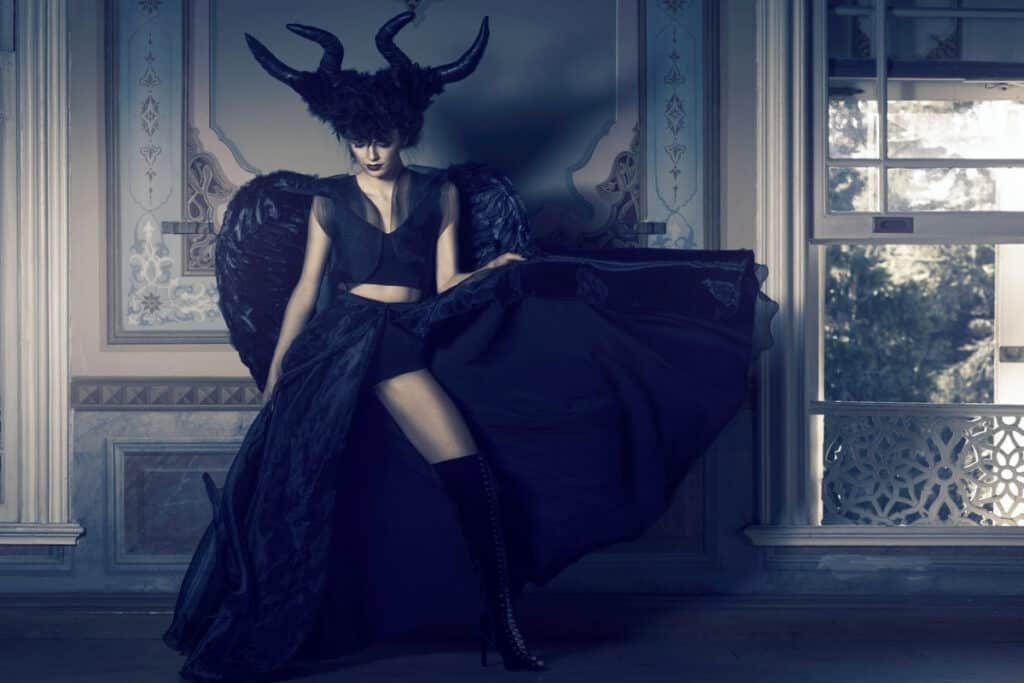
Cowboy shots aren’t just for the old West. They’re also incredible for framing superheroes or vigilantes in battle. One of the most popular examples of a cowboy shot in modern film is 2017’s Superhero BlockBuster Wonder Woman, where Diana attempts to cross no-man’s-land.
After Diana dons her armor and steps onto the battlefield, we’re treated to a full-body shot of her striding across no-man’s-land. She deflects a bullet with her wrist gauntlets in a close-up shot, then the camera shifts to a classic cowboy shot of Diana framed from the thighs up. From this slight uptilt, she conveys all the confidence and fierceness of an Amazon warrior. We can see her trusty lasso at her hip, her shield strapped to her back, and the look of sheer determination in her eyes.
With a single glance, the audience understands the message of both the scene and the movie as a whole. She is a powerful woman, and she’s here to fight for what’s right. This has quickly become one of the most beloved scenes in modern superhero films. And it wouldn’t be nearly as impactful or empowering without the cowboy shot!
During the battle scene, we see a few more instances of Diana, Steve Trevor, and the other main characters framed from upward angles, helping to convey their heroic attitudes. The audience is literally “looking up” to them.
How to use cowboy shots with multiple characters
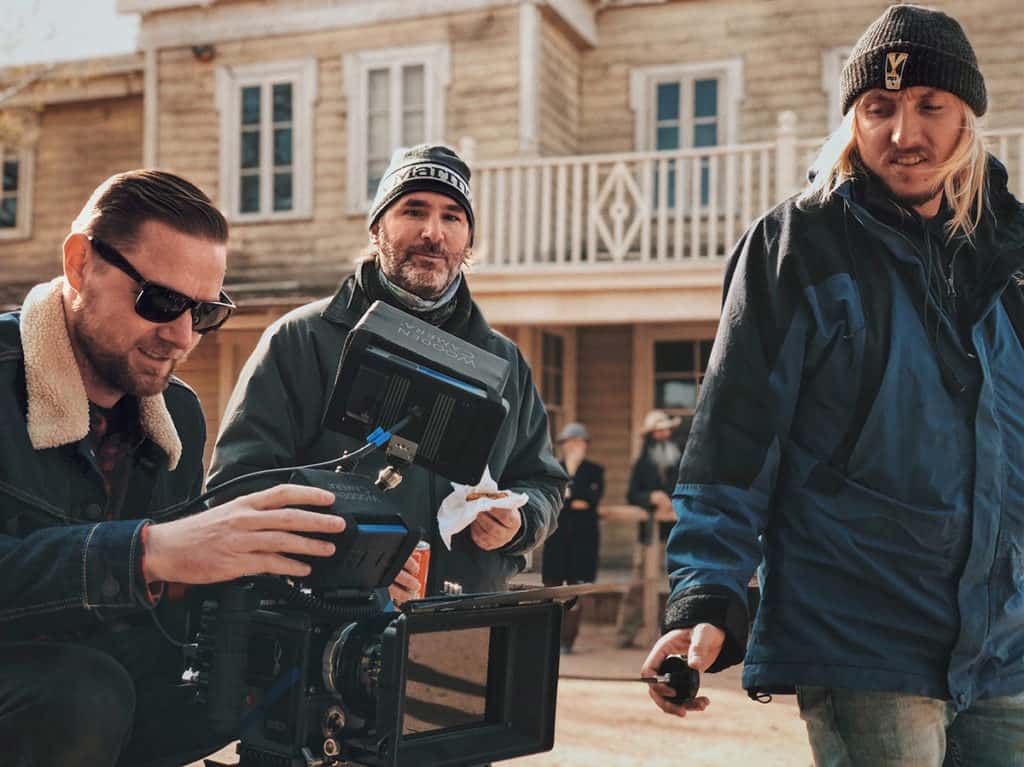
Of course, cowboy shots aren’t just for scenes that contain a single character. Quentin Tarantino’s modern classic Pulp Fiction is chock full of cowboy shots, often with multiple characters. Samuel L Jackson’s character, Jules, commands the apartment scene with low-angled cowboy shots, conveying both his authority and his unpredictability. The framing has him towering over Brett, who sits helpless in the foreground. It’s the perfect way to convey the tense dynamics of the character relationships in this scene.
Another cowboy shot with multiple characters comes later in the film when Marsellus exacts his revenge on Zed while Butch stands vigilant in the background. The framing is far enough away to see the shotgun at Marsellus’s hip clearly but still close enough to see his expression. It creates an interesting contrast of confidence and vulnerability, a staple of all good cowboy shots.
Cowboy shots don’t have to remain stationary either. You could also pan your cowboy shot into another shot, like this example from Kill Bill. The framing begins with a classic cowboy shot of the Bride but soon expands to a swooping overhead view of the Crazy 88 closing in on her. It conveys both the harrowing task the Bride faces and her willingness to rise to the challenge.
Questions to ask yourself before filming a cowboy shot
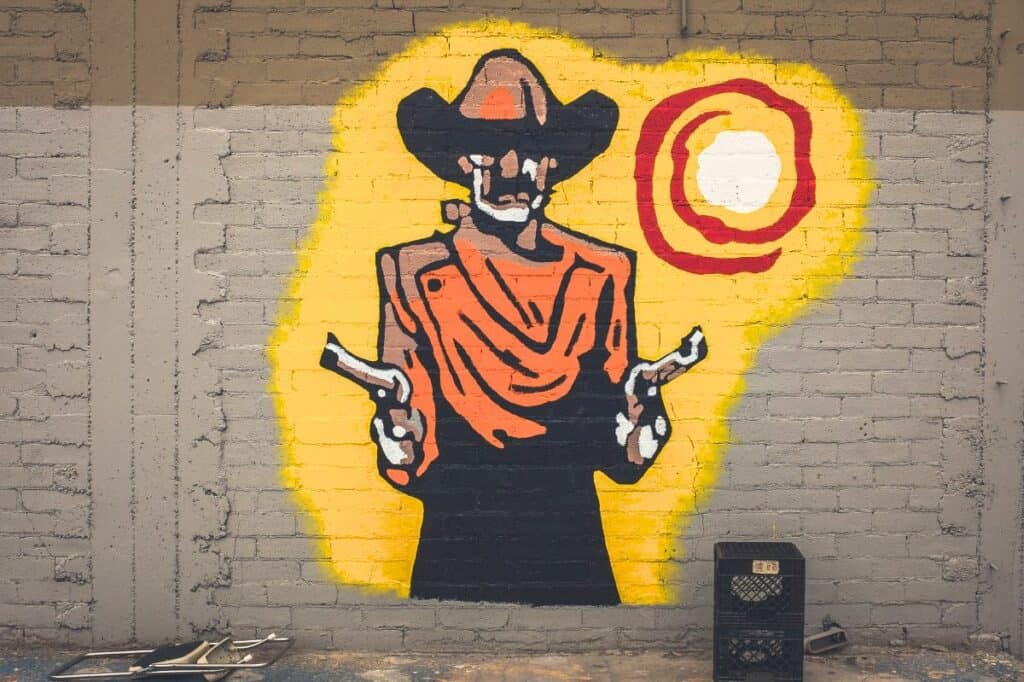
A good director doesn’t just know how to frame a shot. They know why to frame a shot. Before you set up your camera, remember to answer one crucial question: what do you want to showcase about your character at this moment?
Do you want to portray confidence and heroism? Or is your character desperate and on their last legs? Are they attempting to intimidate another character? Or is someone else intimidating them into making a move?
You’ll also want to consider the placement of other characters in the scene. Will your character be solo in their cowboy shot? Or will they share the frame with someone else? How you frame your characters together in a scene can greatly affect how your audience perceives them. So think long and hard about what you’d like to say about your characters in each moment of your film.
Get back to the fundamentals with our guide on how to shoot a video that doesn’t suck next.
Shoot your (cowboy) shot with Peerspace
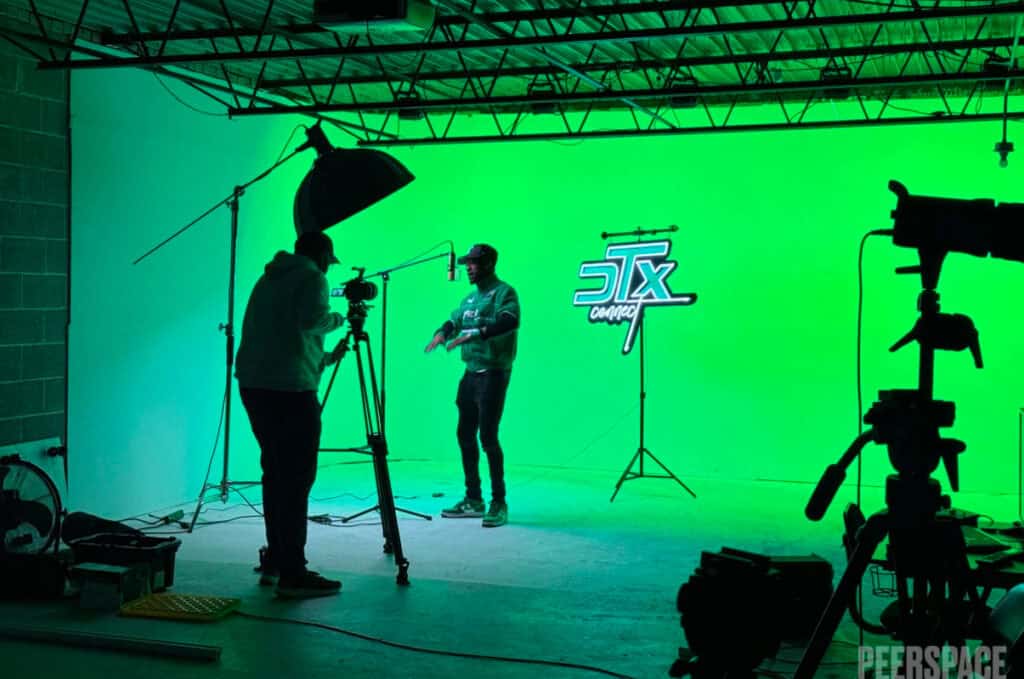
As we mentioned in the introduction of this article, Peerspace is where creatives go when they want to find new and exciting spaces to create. And no matter the type of project you’re working on, using Peerspace to find the perfect film shoot location is easy and fun.
Use our platform to connect to warehouse-style multi-set studios with green screens in Dallas, TX, classic Colonial farmhouses in rural Michigan, luxurious Hollywood mansions with uninterrupted views, and pretty much any other type of space you can dream up. Peerspace hosts welcome your production and support your creative vision. Head to our website to discover all the amazing possibilities near you!
What is a cowboy shot in film? Conclusion
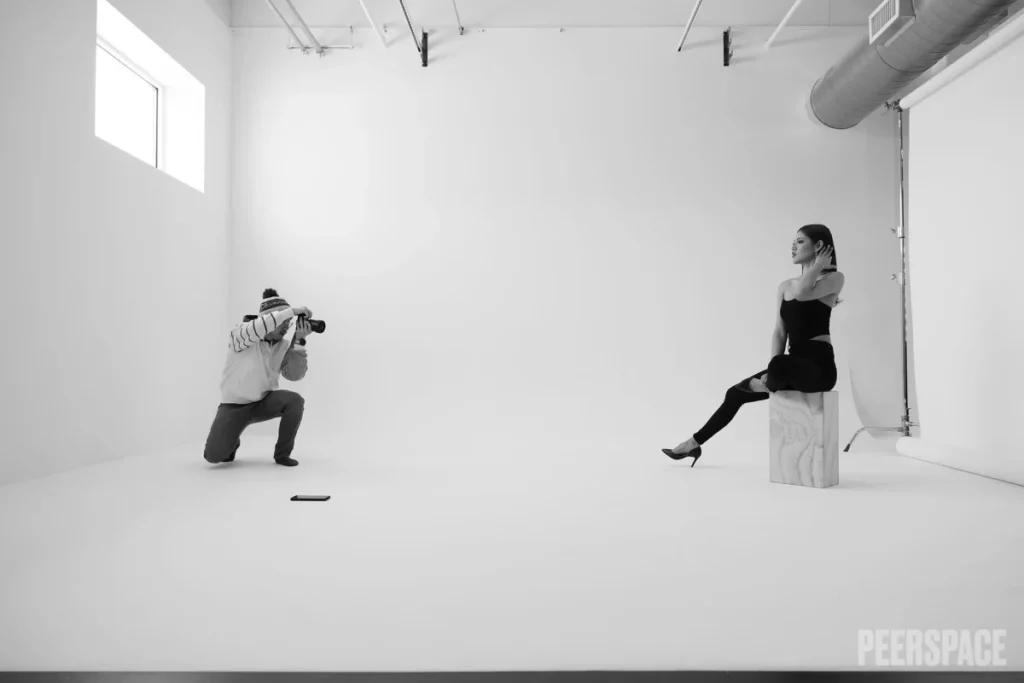
We hope this has cleared up the question, “what is a cowboy shot in film.” For more great tips and ideas for filmmakers, check out our filmmaking section on Peerspace. And be sure to find unique filming locations near you perfect for all of your upcoming projects on our platform.
Find unique filmmaking locations on Peerspace
Get together somewhere better
Book thousands of unique spaces directly from local hosts.
Explore SpacesShare your space and start earning
Join thousands of hosts renting their space for meetings, events, and photo shoots.
List Your Space
